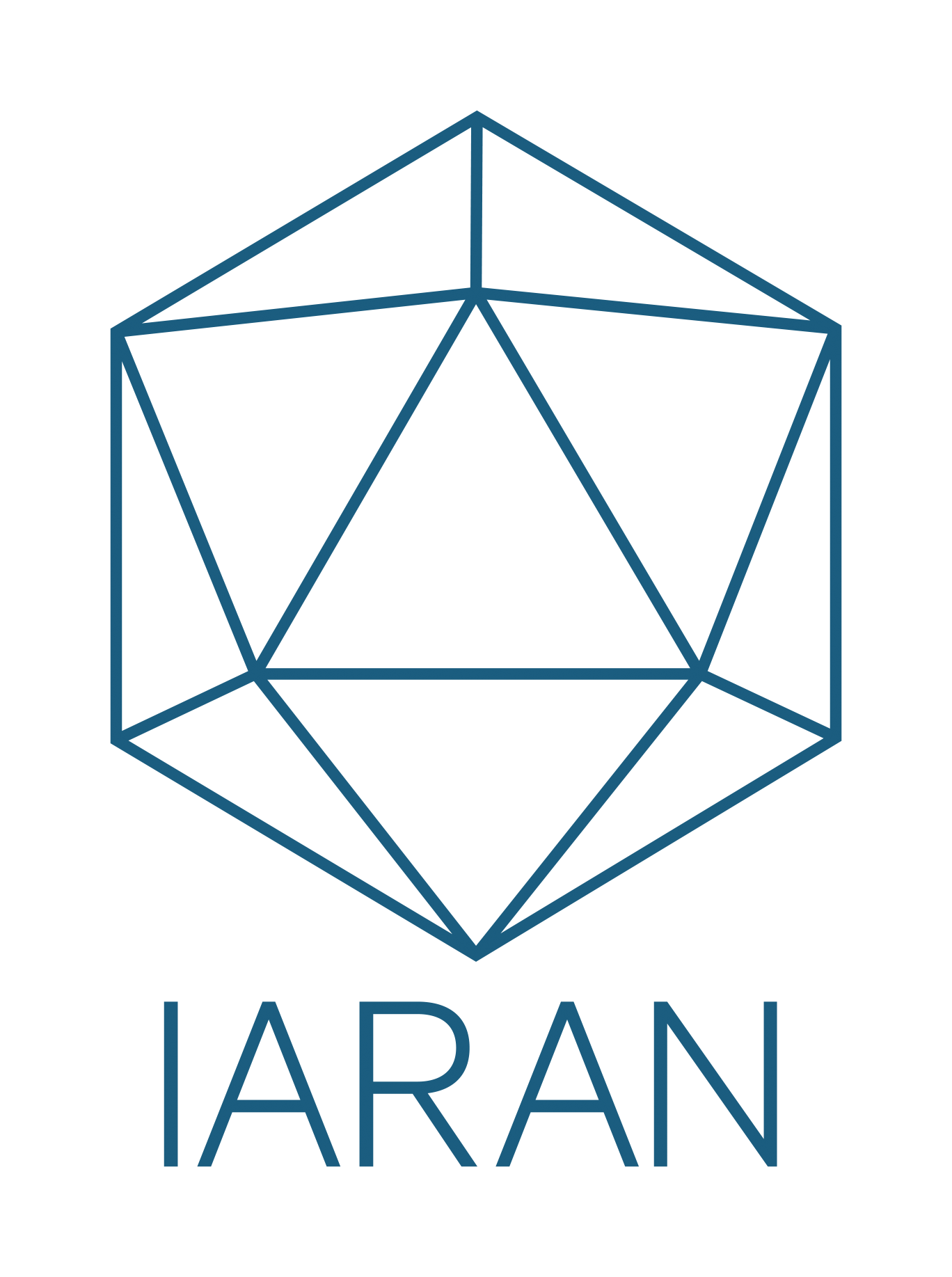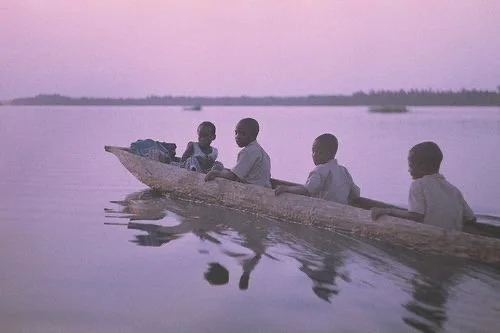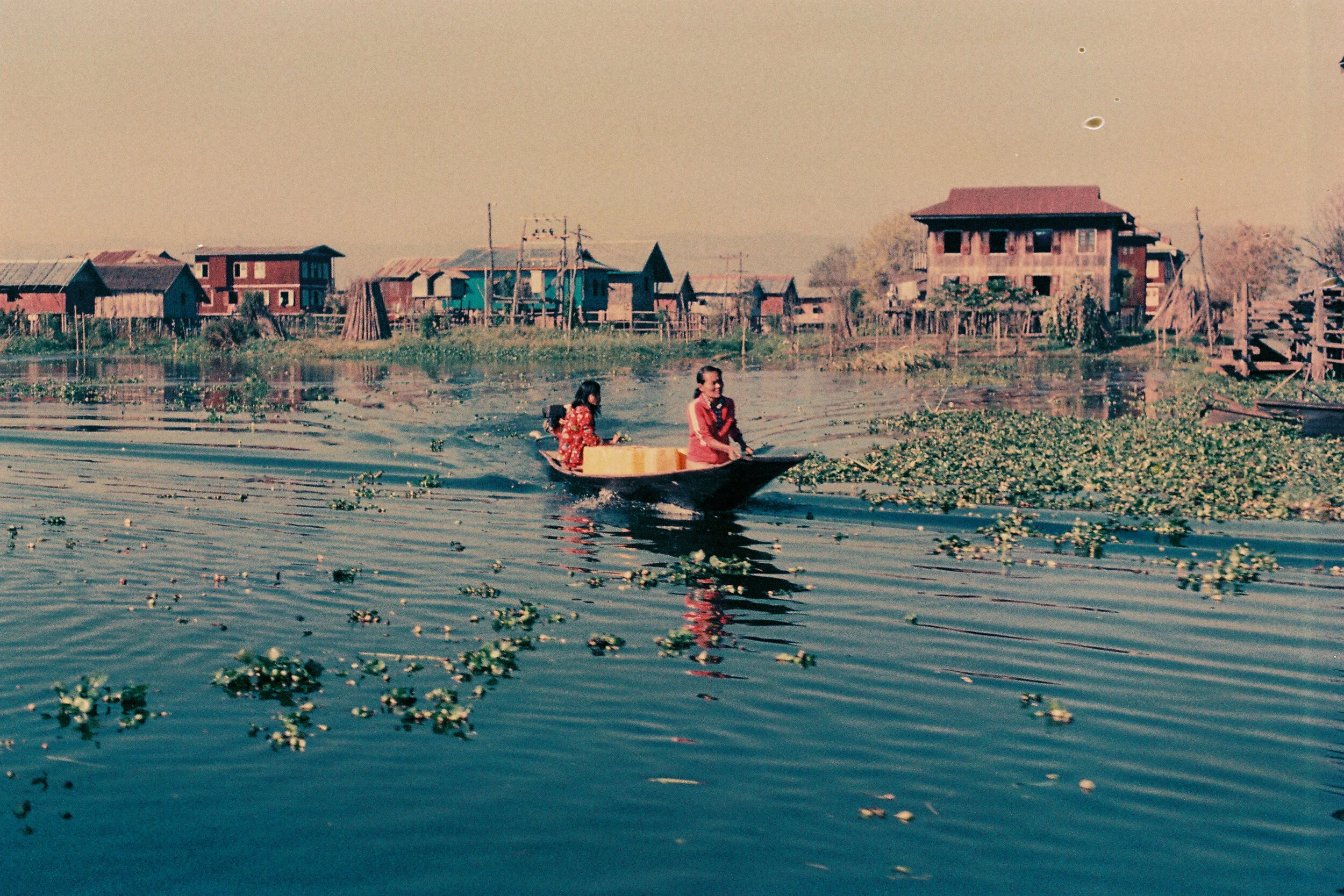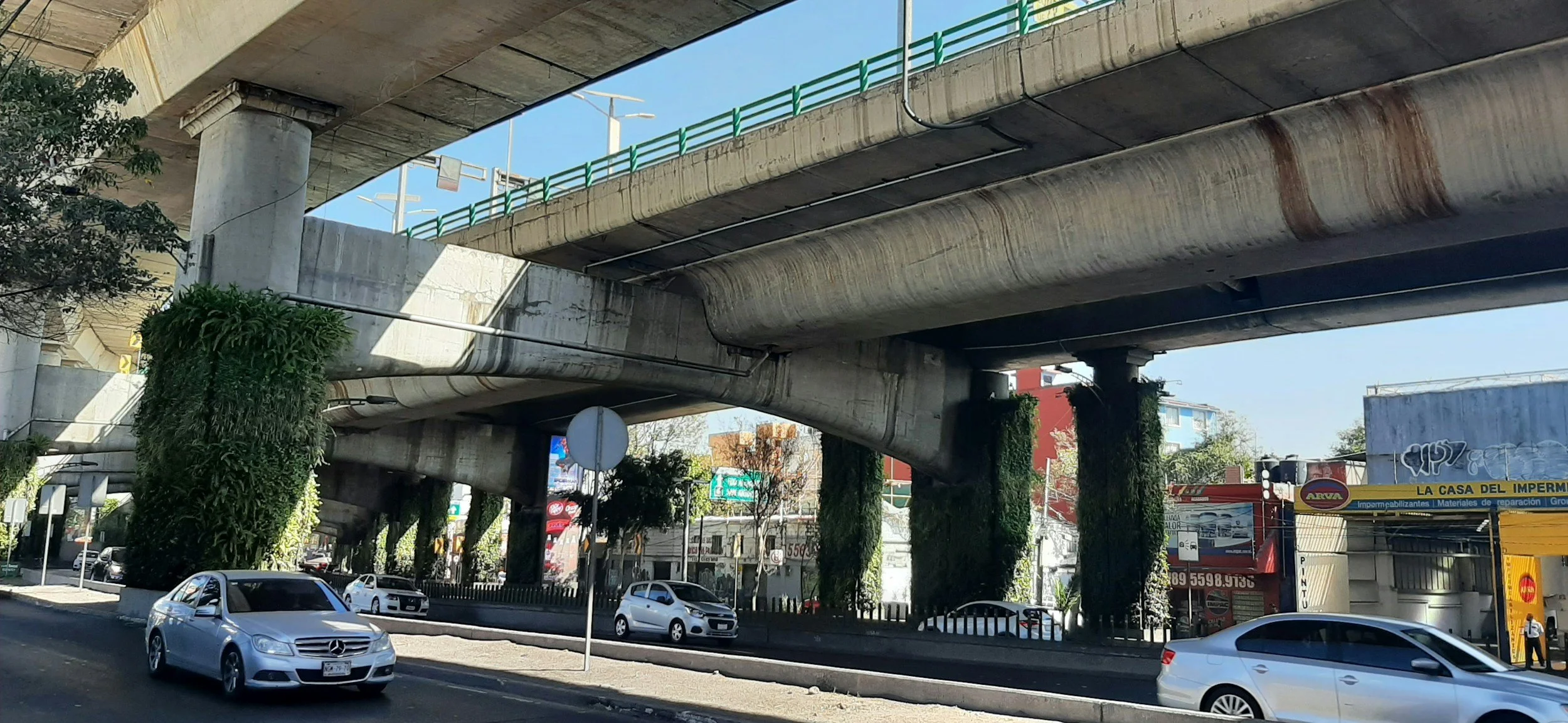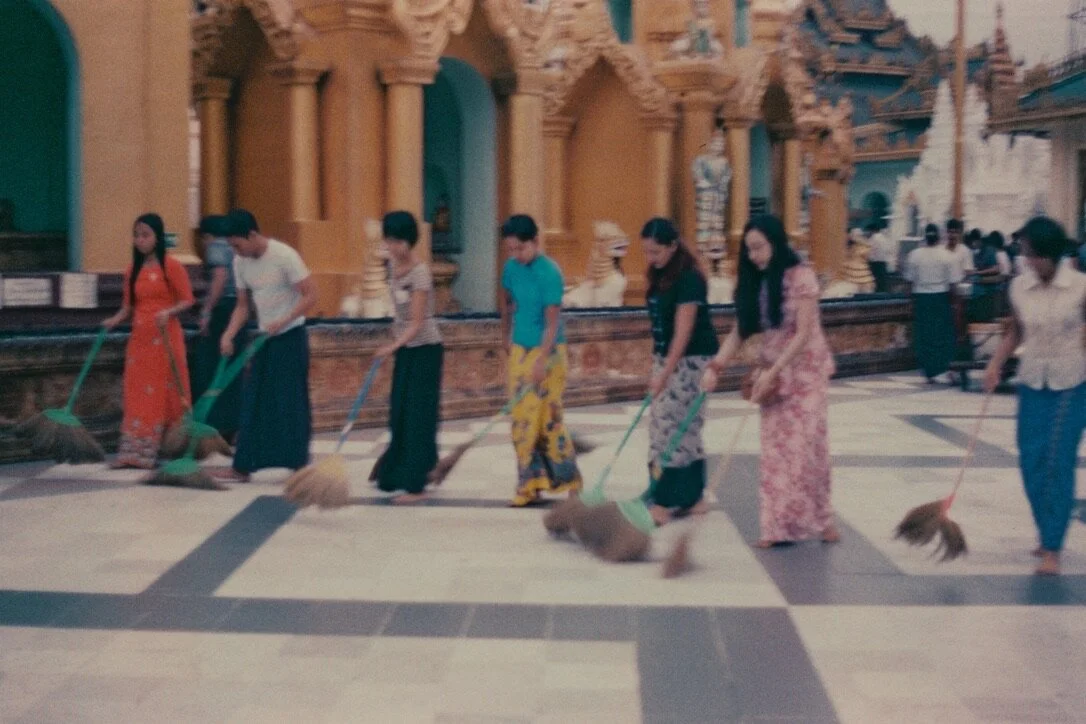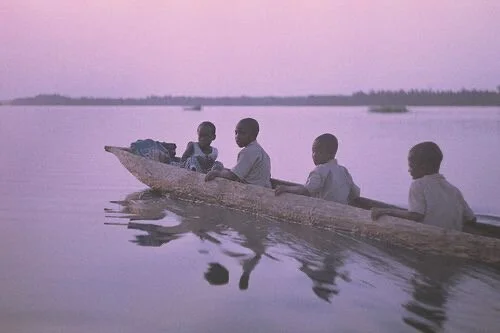OpenStreetMap emerges as a crucial tool in addressing the humanitarian crisis in Sudan, where traditional aid efforts overlook peripheral communities and critical infrastructure remains unmapped. Hernández highlights how this participatory mapping platform can help bridge visibility gaps, allowing local actors to contribute vital geographic data. The article envisions four possible futures shaped by the intensity of conflict and access to open mapping tools: (1) High conflict with minimal access leads to continued invisibility of rural communities; (2) Low conflict with limited access risks long-term neglect of peripheral areas; (3) High conflict with ample access could enhance response coordination despite violence; and (4) Low conflict with broad mapping use enables inclusive recovery.
The shifting global order and the Future of Aid: a call for transformation
In light of recent geopolitical shifts, the humanitarian sector is experiencing significant changes. The « To Each Their Playing Field » scenario from The Future of Aid: INGOs in 2030 report anticipates a fragmented humanitarian landscape, with decentralized responses and diverse actors beyond traditional INGOs. To remain relevant, INGOs must accelerate localization efforts, empowering regional partners and redefining their value propositions. This transformation is crucial to effectively navigate the complexities of a multipolar world and continue delivering impactful humanitarian assistance.
El Futuro de la Crisis Alimentaria en Myanmar
Myanmar's enduring conflict and political instability have severely impacted food security, with 15.2 million people facing hunger, including 12.9 million in severe conditions. Armed violence, displacement, and climate disasters, such as Cyclone Mocha, have disrupted agriculture and supply chains, leaving rural communities especially vulnerable. Humanitarian efforts remain underfunded, reaching only 40% of the targeted population in 2024. Projections suggest food insecurity will worsen, potentially affecting over 20 million by 2028. Limited access to resources, rising food prices, and environmental degradation exacerbate the crisis. Urgent action, including improved humanitarian access and investment in climate-resilient agriculture, is critical to mitigate worsening conditions.
South Asia’s Escalating Climate Crisis: Confronting the Displacement Dilemma
Rising sea levels, soaring temperatures, dwindling resources, and extreme weather events have inundated our headlines this decade. As the climate crisis intensifies, its impact on human displacement is also becoming increasingly evident. While the awareness of climate-related adversities is gaining traction globally, international law is yet to provide a legal framework for those displaced by severe climatic events. The term ‘climate refugees’ remains largely unrecognized under international humanitarian law since most climate-induced migration is localized within national borders. This gap in legal recognition becomes increasingly concerning as projections indicate that around 1.2 billion people may be displaced by 2050 due to climate-related disasters.
Futures of Mobility in Mexico City
The "Doble Hoy No Circula" initiative has been an important measure to mitigate air quality within Mexico City's Comprehensive Program Against Atmospheric Pollution (PICCA). This measure was implemented as an urgent response to the growing air quality crisis. It current model began in 2014, aiming to restrict the use of private vehicles on specific days to reduce pollutant emissions and improve public health. In a megacity like Mexico City, where mobility and pollution are interconnected, policies like this affect not only the environment but also the health and well-being of its inhabitants.
Navigating the Triple Nexus: Leveraging Diplomatic Synergies for Health Systems Strengthening
The article titled "Navigating the Triple Nexus: Leveraging Diplomatic Synergies for Health Systems Strengthening" addresses the vital interplay between diplomacy and health system support in conflict-ridden areas. Through the lens of Humanitarian Diplomacy (HD) and Global Health Diplomacy (GHD), the piece advocates for a nuanced, integrated approach embodied by the Humanitarian-Development-Peace Nexus. This approach seeks to unify immediate relief with long-term development and peace efforts, using diplomacy as a tool to navigate the complex challenges faced by health systems in such settings, thereby ensuring sustainable health improvements and the safeguarding of human rights.
Humans and machines, imagining futures together
This article explores the integration of generative artificial intelligence (AI) in foresight practices. Foresight, at its core, involves diverse perspectives envisioning future scenarios. Matthew Thomas, as part of the British Red Cross, discusses the rapid use of AI tools, specifically ChatGPT, Bing AI, and Perplexity, to sketch scenarios with a case study related to the UK's cost of living crisis. Although, initial results were unimpressive, with limitations in scenario generation, the article highlights the potential for AI to augment foresight practice, aiding in analysis and content generation for scenario creation.
Navigating the Resistance: Cultural Transformation in Humanitarian Organizations
Innovation in the humanitarian sector is a challenging journey, often hindered by cultural resistance. However, with a transformation strategy, leadership support, and a culture open to change, these obstacles can be overcome. Strategic foresight, which anticipates future trends and proactively develops solutions, can greatly enhance this process. External pressures, like the COVID-19 pandemic, can also catalyze cultural transformation, prompting organizations to rethink traditional ways and embrace innovation.
Breaking the Short-Termism Trap
The humanitarian ecosystem is failing to adapt to global transformations and new types of crises. This failure is rooted in the opportunistic nature of ODA flow governance and the entrenched value chain of formal humanitarian actors. To break free from this short-termism trap, the humanitarian ecosystem must shift its approach and values, prioritizing the needs and voices of those affected by humanitarian crises. Only then can it fulfill its potential to provide effective and lasting assistance.
Rapidly exploring future humanitarian impacts of the Ukraine conflict
Two years of huge emergency after huge emergency - from the Covid-19 pandemic’s various variants to evacuations from Afghanistan and a series of storms battering the UK - our people are tired, yet the need for humanitarian aid continues to grow. And then the Ukraine crisis boiled over.
We have always struggled to plan for the many uncertainties the future may bring, but the massive disruptions of the last couple of years made us realise that grappling with uncertainty is not an option.
The British Red Cross’s Strategic Insight and Foresight team has been developing a way to rapidly construct scenarios about the future, helping our teams get a sense of likely people’s short-term and longer-term humanitarian needs, as well as the potential ripple effects caused by a crisis.
The politics of knowledge and the future of aid
Universities and research centers are important, non-traditional, humanitarian actors that actively participate in knowledge production and cadre formation for the sector, with a preponderance of global North institutions over the ones from the South.
There are, at least, three areas of opportunity for Higher Education Institutions (HEIs) in the global North to engage productively with the principles and objectives of the Grand Bargain proposed during the World Humanitarian Summit of 2016, so that humanitarian knowledge production can also jump into the “localization” wagon:
El dilema recurrente del COVID-19 y la trampa de la ultra-solución
Acabar con los encierros es, como lo define Paul Watzlawick, “una ultra-solución”: un intento de arreglar un problema deshaciéndose de todo lo que tenga que ver con el mismo. Al caer en esta trampa, los gobiernos están utilizando la ultra-solución, arriesgándose a destruir tanto la economía, como la vida de las personas al final del túnel.
The recurring COVID-19 dilemma and the ultra-solution trap
New crises, same approaches. Why aren’t humanitarians evolving?
The value of research and foresight for building agile strategies
Using foresight to challenge the geopolitics of homophobia
Facetime versus Face-to-face time
Futures and Organisational Transformation
Caution! Aid re-construction zone
With problems on the rise ‘at home’, criticism of foreign aid is stronger than ever. At the same time, humanitarian needs are growing, and far outpacing the funding requirements and government commitments needed to address the short- and long-term consequences of crises. What lies in store for aid organisations?
Using the Future to Humanity’s Advantage
$1 spent in preparedness saves $7 in humanitarian response (1). Humanitarians working in disaster preparedness, early warning, and resilience building have all heard this before. Though it may satisfy public and private donors for reasons of accountability and a no-regrets approach to programming, we need to push past this statistic. What is the true value of pre-empting the future when working in humanitarian response?
